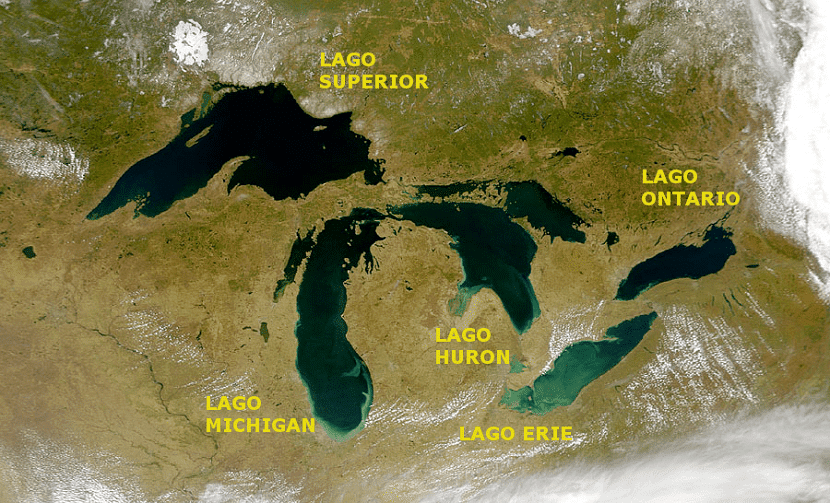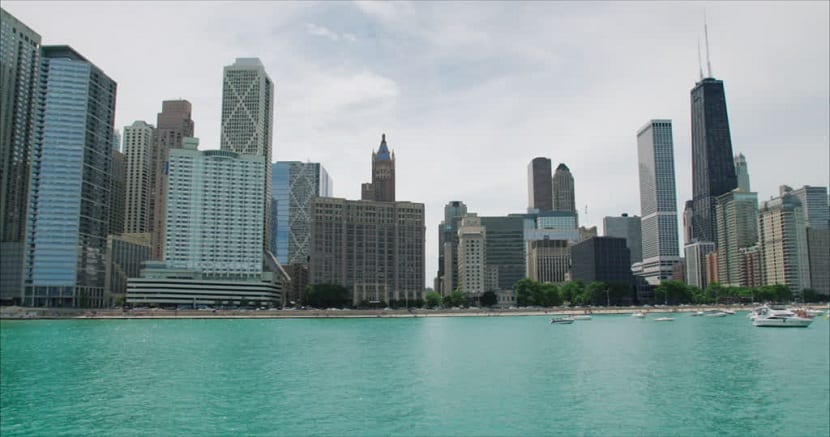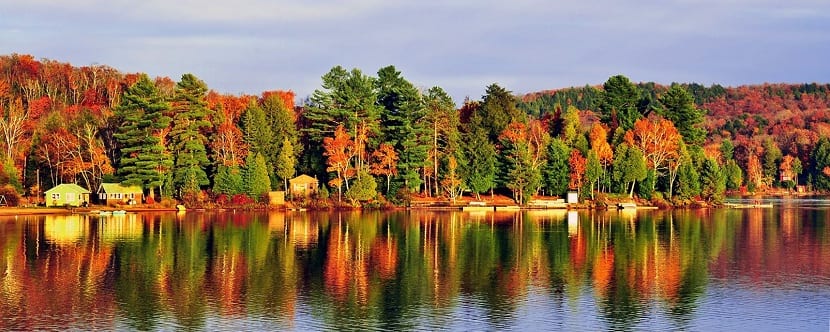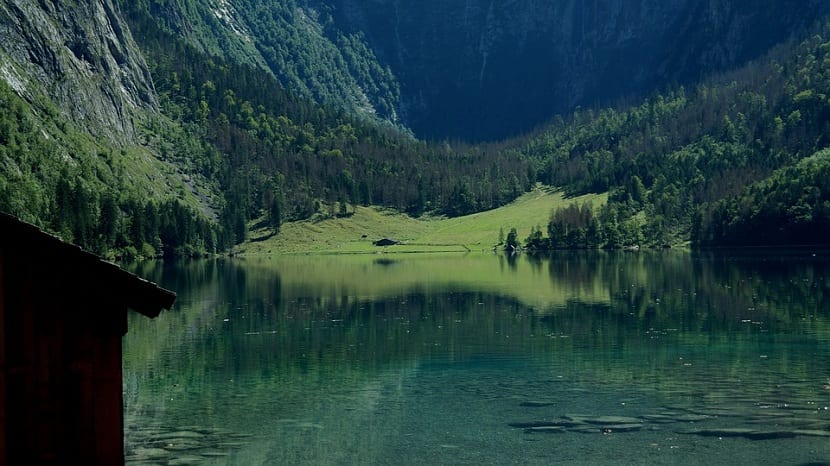
Lakes are freshwater surfaces located on land. In this case, we are not going to talk about conventional lakes or their formation, but we are going to dedicate this article to the Great Lakes. It is a group of 5 large lakes that take place between the borders of the United States and Canada. These lakes break the schemes of everything we are used to seeing. For this reason, I think it is worth dedicating this post to know all his training and what repercussions they have on the rest of the ecosystems that surround him.
Do you want to know more about the Great Lakes of North America?
Characteristics of the 5 Great Lakes

These large lakes have not been formed like the normal size ones. Scientists have concluded that were formed about 13.000 years ago, after the last Ice Age. The large amount of ice from the mountain glaciers formed enough surface current channels that led to a more depressed terrain. In this case, by forming a basin where the land is inclined in favor of water storage, what we know today as the Great Lake could be formed.
Between the 5 lakes they cover a total area of 244.160 square kilometers. This amount of water corresponds to 21% of the total fresh water in the world. This data makes us think about the importance of these lakes not only for the natural ecosystem, but also for the human being.
Although we name these lakes as separate entities, being formed on the same continent and not so far apart from each other, they remain interconnected with each other. In this way, they are creating a continuous stream of fresh water that encourages the proliferation of natural ecosystems, with good vegetation and associated fauna. In addition, in ancient times it contributed a lot to the formation of counties and civilizations that were established around these great masses of continental water.
The names of these lakes are Huron, Superior, Ontario, Michigan and Erie. All are between Canada and the United States. They are perfect for generating potentially sustainable and economically interesting natural environments and tourist activities. In addition, for travelers and tourists, these Great Lakes are a good option to take a great vacation or a well-deserved rest.
Next we will describe each of the lakes and their main characteristics
Lake erie

This lake is the smallest of the 5. However, do not rush with a small word, since if we compare it with a conventional one, this is huge. It is the one most affected by man's activities. It is located around urbanizations and agricultural activities. This action of man causes the lake to receive certain environmental impacts that threaten its degradation.
It is not as deep as the rest of the Great Lakes and therefore warms up more in summer and spring. On the contrary, in winter we can find it completely frozen. Thanks to the fertility of the soils that are located around the lake, agriculture can be exploited. However, these activities generate certain impacts on the waters and on the soil, generating pollution that degrades the lake.
Its extension covers localities like Ohio, New York, Ontario, Indiana, and Pennsylvania.
Lake Huron

This lake is the third largest compared to the rest. It is linked to Lake Michigan by a hydraulic space known as the Strait of Mackinac. It is a place with a lot of tourist attraction since it has sandy and rocky beaches with a large surface.
Its extension includes towns such as Michigan and Ontario. The main tributary of this lake is the Saginaw River.
Lake Michigan

We pass to the second largest of these 5 Great Lakes. It is located in the United States and does not have a border with Canada. Its dimensions are 307 km long and more than 1600 km of coastline. It is located in an area with a very cold climate. This does not make it stop being a winter tourist attraction.
The southern part is the most visited as it is warmer and contains two major metropolitan areas. They are Chicago and Milwaykee. Its surface extends through Illinois, Michigan, Indiana and Wisconsin.
Lake Ontario

This lake is the deepest of all. Overall in size it is like the Erie, smaller, but deeper. It is of great tourist importance in towns such as Toronto and Hamilton. It spans parts of Ontario, New York, and Pennsylvania. Its environment is more fertile than normal, so agriculture is also exploited. Only in the part of New York neither agriculture nor urbanization is exploited.
Lake superior

Its name already tells us that it is the largest and longest lake of all the Great Lakes. It is the lake that contains the largest amount of surface and fresh water on the entire planet. It has so much water that it would be able to fill the other 4 lakes and leave even more water available to fill more lakes. It is at another level with respect to the previous ones. It is the coldest of all and includes the towns of Michigan, Minnesota, Ontario and Wisconsin.
As it belongs to such a cold climate, it is not very inhabited. In the surroundings we find masses of trees of great density, sparsely populated and planted. The soils are not very fertile, so they are not suitable for agriculture.
Some curiosities of the Great Lakes

- In the Great Lakes we can find more than 3.500 species of plants and animals.
- Lake Superior has more dynamics than a sea than a lake.
- There are more than 30.000 islands spread over the 5 lakes, but not so small that they are uninhabitable.
- Throughout history, there have been numerous shipwrecks in the lakes.
- The surface is so large that they are capable of forming storms as strong as those of the seas.
I hope that with this information you can learn more about the Great Lakes of the world.